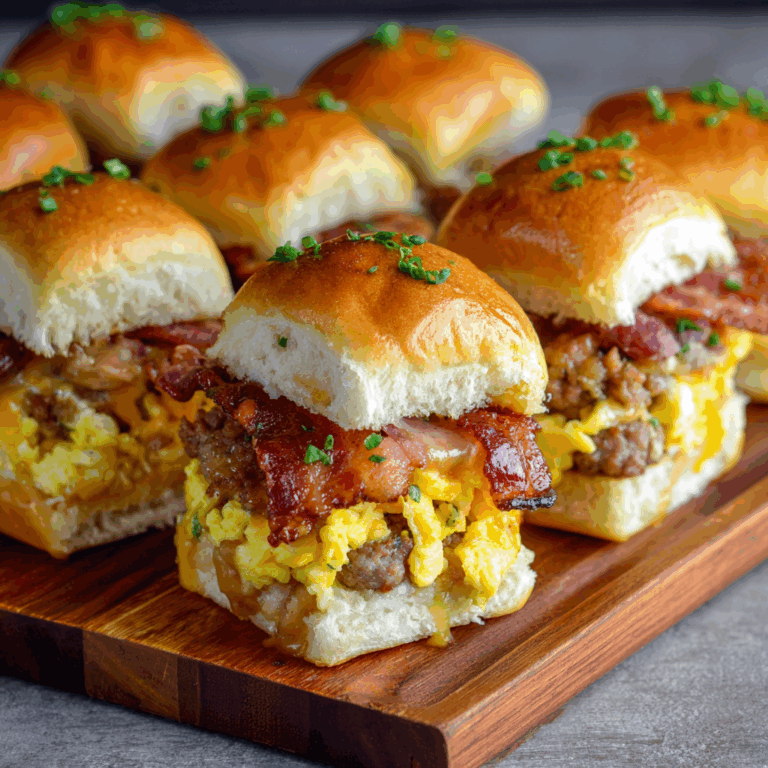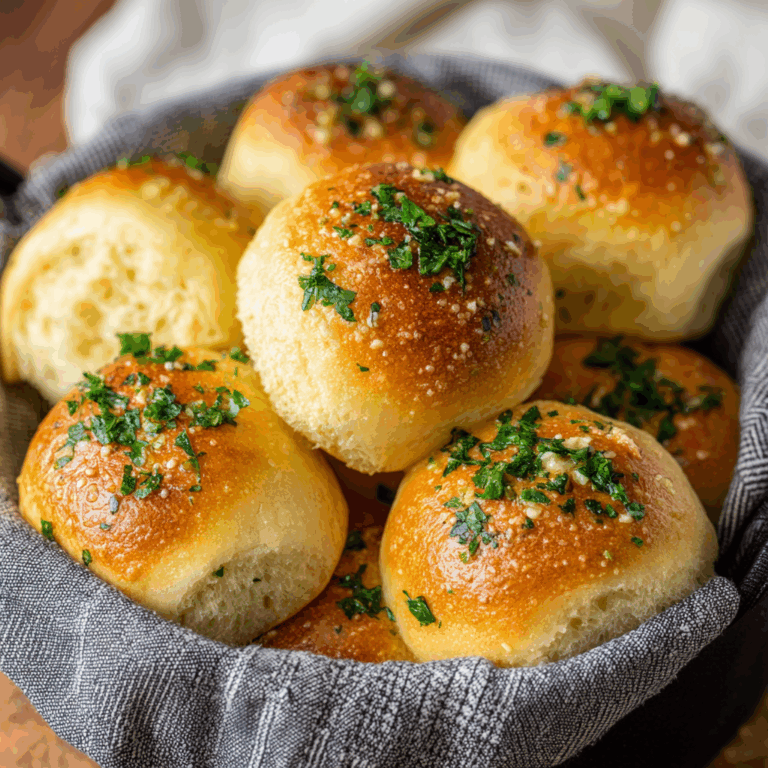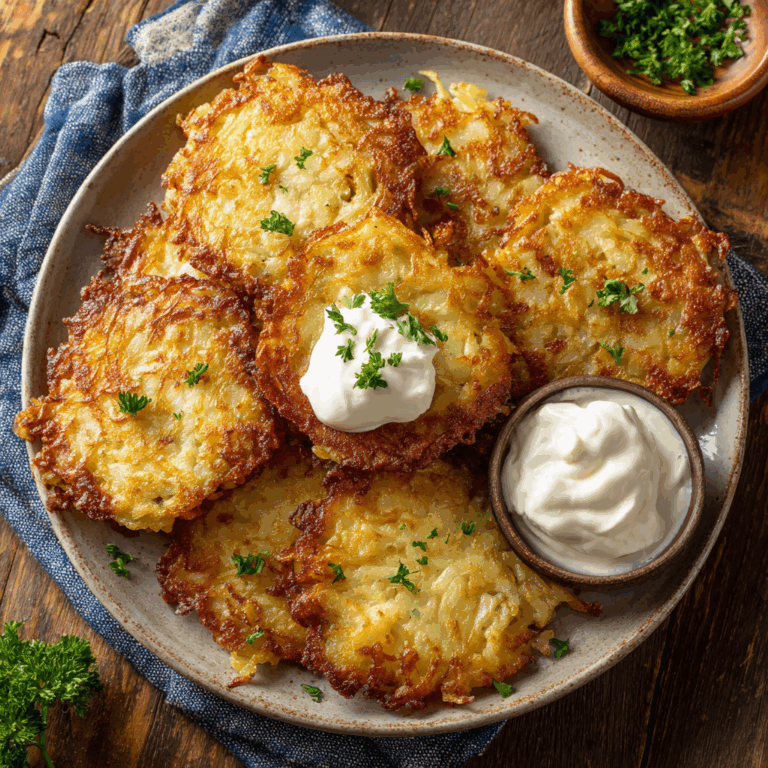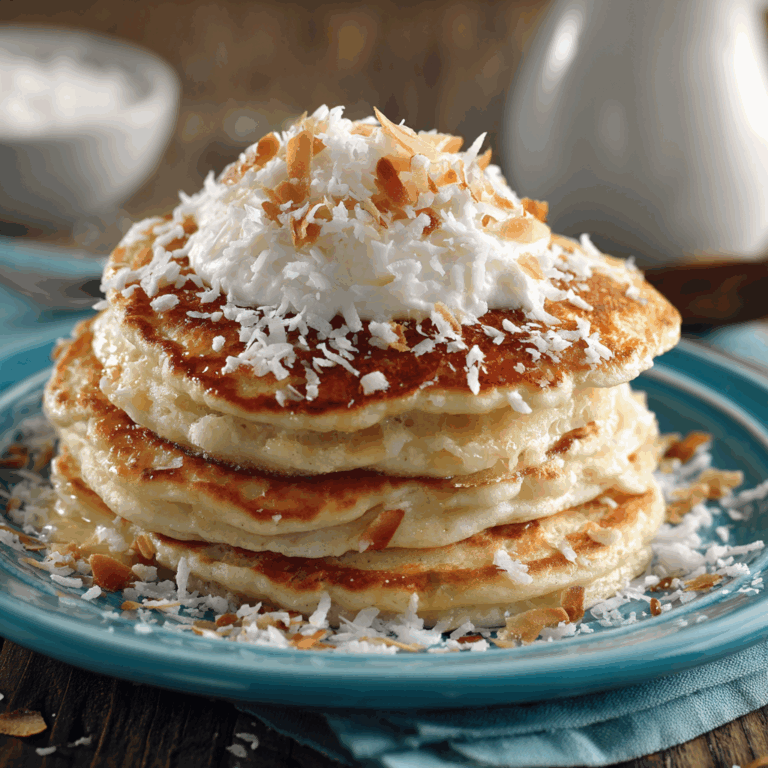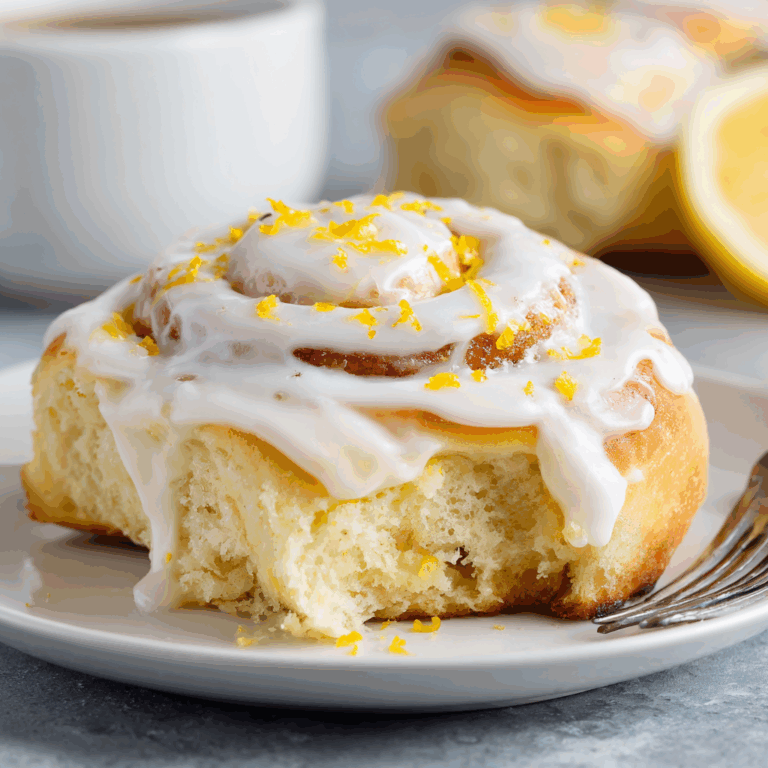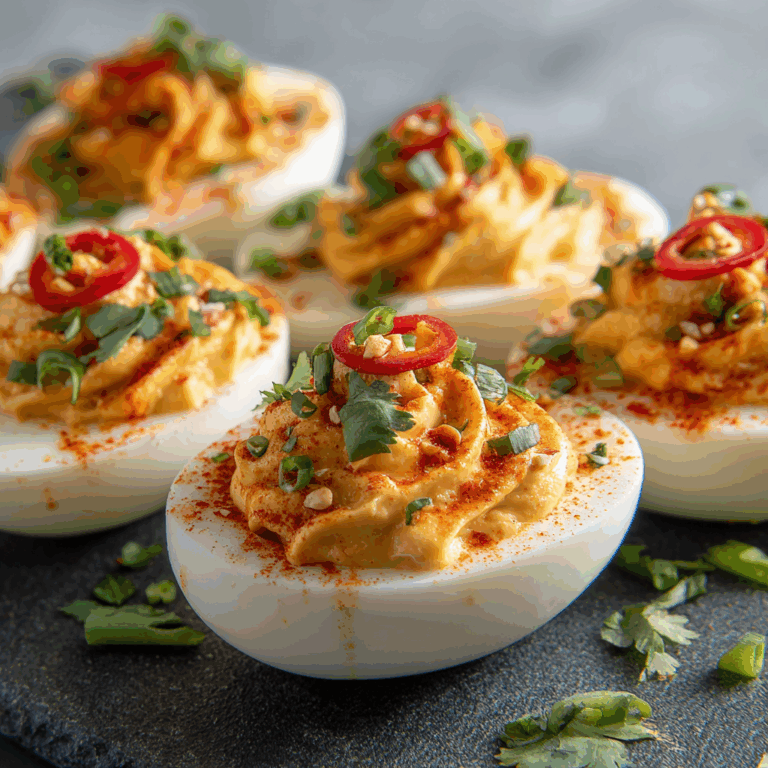The Ultimate Crème Brûlée French Toast Recipe: A Deep Dive
The Ultimate Crème Brûlée French Toast Recipe: A Deep Dive
We’ll use the Allrecipes submission as our foundation, but we’ll explore nuances, tips, and potential tweaks to make it your own.
Ingredients & Their Roles (The “Why” Behind the “What”)
-
½ cup unsalted butter: The foundation of our caramel layer. Unsalted is preferred so we can control the overall saltiness. This amount of fat is necessary to create a luscious, non-sticky caramel sauce.
-
1 cup packed brown sugar: Brown sugar, with its molasses content, provides a deeper, more complex caramel flavor than white sugar. Pack it firmly into the measuring cup for accuracy.
-
2 tablespoons corn syrup: A professional pastry chef’s trick. The corn syrup prevents the caramel from crystallizing and becoming grainy as it bakes, ensuring a smooth, glass-like finish.
-
6 (1-inch thick) slices French bread: The canvas. Thick slices are essential to stand up to the long soak and baking without disintegrating. Stale, day-old bread is actually preferable here, as it’s less moist and will absorb the custard more eagerly without becoming mushy.
-
5 large eggs: The primary protein that sets the custard, giving the dish its structure.
-
1 ½ cups half-and-half cream: This is the key to the rich, creamy interior. Half-and-half strikes the perfect balance between the lightness of milk and the overwhelming richness of heavy cream.
-
1 teaspoon vanilla extract: The classic flavor enhancer for any custard. Use pure vanilla extract for the best flavor.
-
1 teaspoon brandy-based orange liqueur (such as Grand Marnier): This is the secret weapon. The orange notes cut through the richness and add a sophisticated, aromatic layer. If you don’t have it, you can substitute ½ teaspoon of orange extract or simply omit it.
-
¼ teaspoon salt: Crucial for balancing the intense sweetness and enhancing all the other flavors.
Step-by-Step Instructions: A Path to Perfection
Step 1: Crafting the Caramel Base
In a small saucepan over medium heat, melt the butter. Then, add the packed brown sugar and corn syrup. The goal here is to dissolve the sugar, not to create a hard-crack caramel. Stir constantly for about 2-4 minutes until the mixture is smooth, bubbly, and the sugar granules are no longer visible. Immediately pour this into your 9×13-inch baking dish, tilting the dish to coat the bottom evenly. This hot, buttery syrup is the heart of the dish’s magic, so work quickly before it starts to set.
Step 2: Preparing the Bread
The recipe suggests removing the crusts. This is a matter of texture preference. Removing them creates a more uniform, velvety bite, but leaving them on adds a slight chewy contrast. I recommend trying it without crusts first for the most authentic “crème brûlée” experience. Arrange your thick slices of French bread in a single layer over the caramel. It’s okay if they snuggle up close together.
Step 3: The Custard Bath
In a large bowl, whisk the eggs until they are uniform and slightly frothy. This initial whisking ensures a smoother custard. Then, add the half-and-half, vanilla extract, orange liqueur, and salt. Whisk everything together until it is perfectly homogenous. Now, slowly and evenly pour this custard mixture over the bread slices. Use a spatula to gently press down on the bread, encouraging it to soak up the liquid. Some caramel might swirl up—this is fine!
Step 4: The Crucial Overnight Rest
This is the step you do not skip. Cover the baking dish tightly with plastic wrap and refrigerate it for at least 8 hours, or ideally, overnight. During this time, three key things happen:
-
The bread becomes completely saturated, leading to an unbelievably creamy interior.
-
The flavors meld and deepen.
-
The bread’s structure breaks down slightly, resulting in a more tender final product.
Step 5: Baking to Golden Glory
The next morning, preheat your oven to 350°F (175°C). About 20-30 minutes before you plan to bake, take the casserole out of the refrigerator. Letting it come closer to room temperature ensures more even baking. Remove the plastic wrap and place the dish in the preheated oven. Bake, uncovered, for 35-40 minutes. You’re looking for a puffed-up appearance and a beautifully golden-brown top. The center should be set, not jiggly like liquid.
Elevating Your Crème Brûlée French Toast: Pro-Tips & Variations
The base recipe is flawless, but cooking is an art. Here’s how you can become the artist of your Crème Brûlée French Toast.
-
Bread Choices Beyond French Bread:
-
Challah or Brioche: These enriched, eggy breads are arguably even better than French bread. Their soft, tender texture and buttery flavor make for an impossibly luxurious result.
-
Croissants: For the ultimate indulgence, use day-old croissants. Their flaky, buttery layers create an incredible textural experience.
-
Sourdough: For those who enjoy a slight tang to contrast the sweetness, a sturdy sourdough loaf is a fantastic choice.
-
-
The Custard Customization:
-
Spice it Up: Add ½ teaspoon of cinnamon, a pinch of nutmeg, or a dash of cardamom to the custard mixture for a warm, aromatic flavor.
-
Citrus Zest: Add the zest of one orange directly into the custard. This amplifies the orange flavor without the need for liqueur.
-
Maple Infusion: Substitute ¼ cup of the brown sugar in the base with real maple syrup for a deeper, woodsy sweetness.
-
-
Achieving the TRUE “Brûlée” Top:
The classic recipe gets its name from the caramel base, but what if you want that signature crackable top? Here’s how:-
After baking, let the casserole cool for about 10-15 minutes.
-
Sprinkle an even, thin layer of granulated white sugar or turbinado sugar (like Sugar in the Raw) over the entire surface.
-
Use a culinary torch to melt and caramelize the sugar until it’s dark amber and bubbly. Move the torch constantly to avoid burning.
-
Let it sit for a minute to harden, creating that satisfying “crack” when you serve it.
-
Serving Suggestions: The Grand Finale
Your masterpiece is out of the oven, and the aroma is driving everyone wild. How do you serve it?
-
The Flip: This is the traditional method. Carefully invert the entire casserole onto a large serving platter. The beautiful, caramel-coated bottom becomes the top, and the caramel sauce drips gorgeously down the sides. Use a thin spatula to help release any sticky bits.
-
Scoop and Serve: For a more rustic, bread-pudding-like presentation, simply scoop out portions directly from the dish, ensuring everyone gets plenty of the caramel from the bottom.
Accompaniments are key to balancing the richness:
-
Fresh Fruit: Tart berries (raspberries, strawberries), sliced bananas, or orange segments provide a necessary acidic counterpoint.
-
Whipped Cream: A dollop of freshly whipped cream, slightly unsweetened, is divine.
-
Crispy Bacon or Sausage: The salty, savory contrast of breakfast meats is a classic and perfect pairing.
-
A Dusting of Powdered Sugar: For a simple, elegant finish.
Final Thoughts
The journey of creating Crème Brûlée French Toast is as rewarding as the first blissful bite. It’s a recipe that demystifies gourmet dining, bringing the essence of a fancy patisserie right into your home kitchen. It teaches us valuable lessons: that patience (the overnight rest) is a key ingredient, that simple components like bread, eggs, and sugar can be alchemized into something extraordinary, and that the best meals are often those made to be shared.
This dish is more than a breakfast; it’s a centerpiece for holiday mornings, a star at bridal showers, and a comforting treat for a leisurely weekend. It’s a testament to the power of a well-executed recipe, like the one shared by SANDIPANTS, to create lasting memories around the table.
So, the next time you find yourself with a loaf of stale bread and a desire for something truly special, remember this Crème Brûlée French Toast. Embrace the process, from the bubbling of the caramel base to the final, dramatic crack of the sugar top. In a world of rushed mornings, this casserole is a delicious, decadent invitation to slow down and savor. And that, in my Final Thoughts, is the true mark of a legendary recipe.

